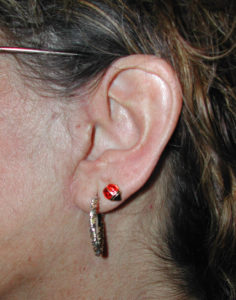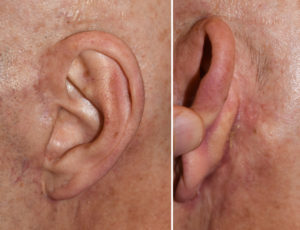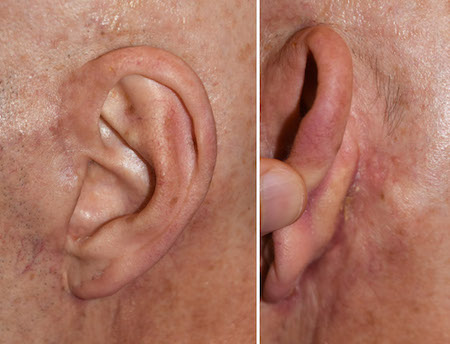Facelift surgery has a large number of operative variations due to its long history and common use. Most facelift innovations are focused are either techniques to improve or prolong its facial rejuvenative effects or to expedite the recovery process through more limited operations.
But despite all of these surgical improvements, some basic components of facelift surgery remain the same. The incisions need around the front (preauricular) and back of the ear (postauricular) are part of every facelift procedure as mobilization of the facial and neck skin are always required to some extent. The resultant scars and the effects on the ear shape and hairline are one of the main outcomes by which aesthetic judgment is passed both by the patient and others.

Most older men, however, don’t have the luxury of such generous hairlines. As a result, the male facelift requires incisional modifications to avoid visible scarring. This essentially translates into less incisional length, less redrawing of tissues and less of an overall effect. Fortunately most men are content with a result that is not overdone.

Such facelift scar placement in the older male can heal in an inconspicuous fashion that makes its tradeoff well worthwhile for the lower facial rejuvenate effects obtained. The central neck area stills requires concomitant management whether it is liposuction or, more effectively, a submentoplasty approach. But the submental incision required heals well in a more hidden location.
Dr. Barry Eppley
Indianapolis, Indiana




